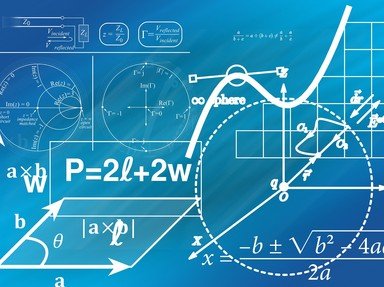Quiz Answer Key and Fun Facts
1. A prime number is a natural number which can be divided by two different divisors (namely 1 and the prime number itself) without remainders. Which of the followings is/are prime number(s)?
2. Which of the following is the greatest 3-digit prime?
3. An integer that is greater or equal to 2 is categorized into 2 groups. The first group is the prime number. These prime numbers are the basic building blocks for the second group of number, which is known as?
4. Which of the following statements is false?
5. The Sieve of Eratosthenes is one of the methods to determine whether a given integer is a prime number or not. There exists another method, which is called?
6. Many great mathematicians proved that there is an infinite number of prime numbers. Which of the followings is NOT one of them?
7. Any prime number that can be expressed in the form of 2^(2^n) + 1 is called a Fermat prime. On the other hand, what is the name given to a prime number that can be expressed in the form of 2^n - 1, where n is any prime number?
8. The largest known prime number so far (July 2007) is 2^32582657 - 1, which contains approximately 9.8 million digits. Which organization is offering a USD 100,000 reward to the person or group who discovers a prime number which has more than 10 million digits?
9. A very famous theorem can be used to estimate how many prime numbers are there between 1 and x by using the formula x/In x. Which theorem is it?
10. Prime numbers are used in cryptography algorithms, which are used in the field of military and banking.
Source: Author
Matthew_07
This quiz was reviewed by FunTrivia editor
crisw before going online.
Any errors found in FunTrivia content are routinely corrected through our feedback system.


